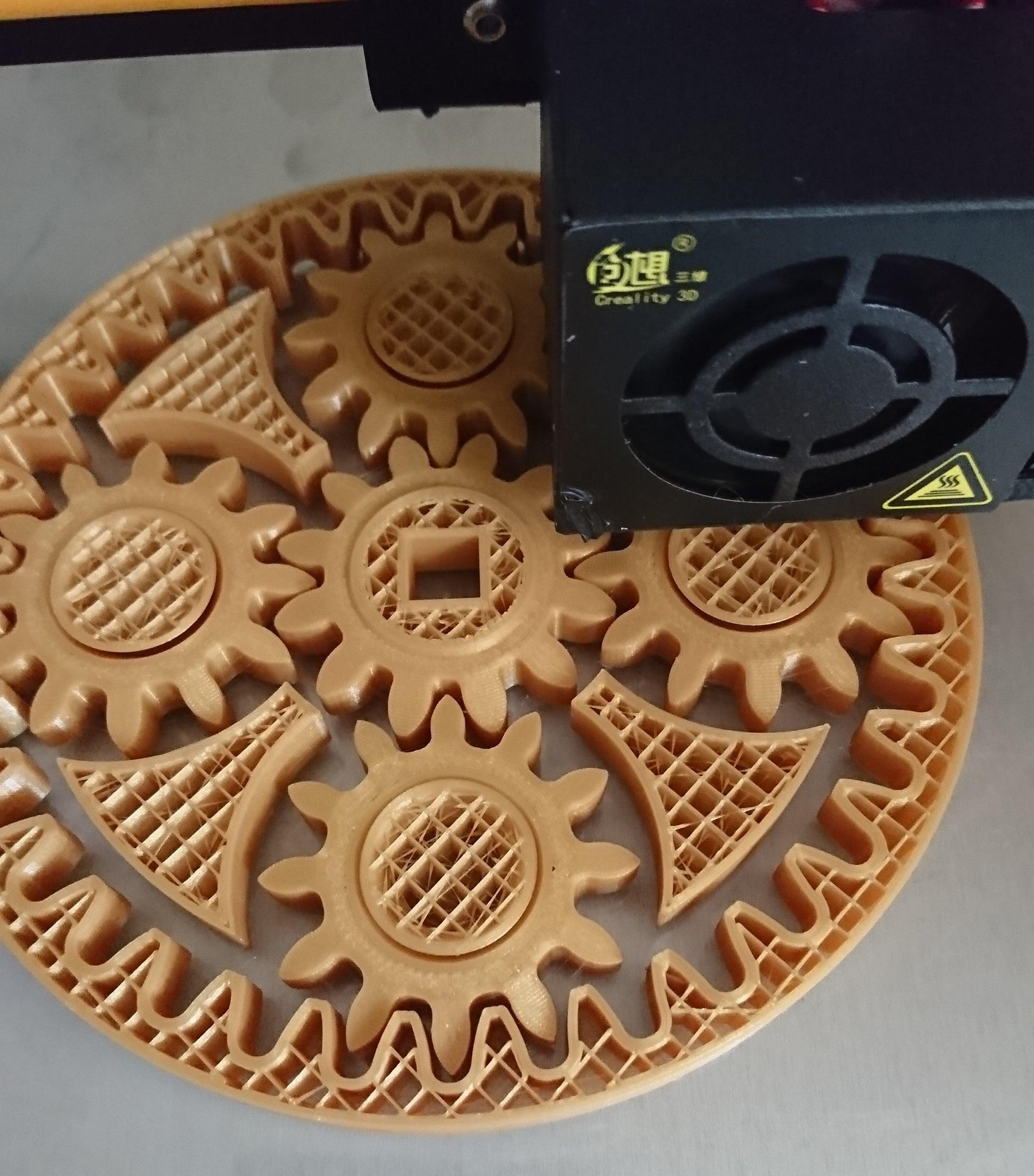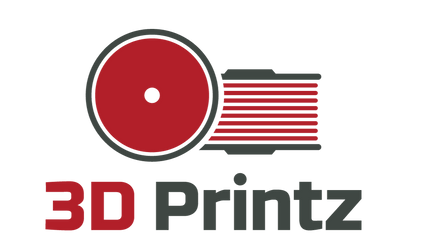
A Beginner's Guide to 3D Printing: Getting Started with Your First Print
3D printing is a fascinating and rapidly evolving technology that offers a wealth of possibilities for makers, hobbyists, and professionals alike. If you're just getting started with 3D printing, the prospect of creating your first print can be daunting. But with the right tools, resources, and knowledge, you'll be well on your way to producing high-quality 3D printed objects in no time. Here's a beginner's guide to 3D printing to help you get started with your first print.
-
Choose a 3D Printer: The first step in getting started with 3D printing is choosing the right printer. There are a variety of 3D printers available, ranging from entry-level desktop models to professional-grade industrial machines. Consider your budget, your experience level, and what you'll be using the printer for when making your choice.
-
Install the Software: Once you have your printer, you'll need to install the necessary software to operate it. Most 3D printers come with their own proprietary software, but there are also a number of open-source options available. Research the software options for your printer and choose the one that best fits your needs.
-
Find a 3D Model: To print something, you'll need a 3D model. There are many online repositories, such as Thingiverse and MyMiniFactory, where you can find free 3D models to print. You can also create your own models using CAD (computer-aided design) software.
-
Prepare the 3D Model: Before you can print a 3D model, you'll need to prepare it. This typically involves slicing the model into layers and generating a G-code file that tells the printer how to build the object. The software you choose will take care of this step for you.
-
Load the Filament: Most 3D printers use plastic filament as the printing material. You'll need to load the filament into the printer and make sure it's properly aligned. Check your printer's manual for specific instructions on how to do this.
-
Start Printing: Once you've loaded the filament and prepared the 3D model, you're ready to start printing. The exact process will vary depending on the printer you're using, but you'll typically need to select the G-code file, set the print parameters, and then press the "print" button.
-
Monitor the Print: As the print progresses, it's important to monitor it to ensure that everything is going according to plan. Check the printer regularly to make sure the filament is flowing properly and that the object is being built as expected. If you encounter any problems, consult your printer's manual or online forums for help.
In conclusion, getting started with 3D printing is an exciting journey that will introduce you to a world of endless possibilities. With the right tools, resources, and knowledge, you'll be able to produce high-quality 3D printed objects in no time. Good luck, and happy printing!

Leave a comment